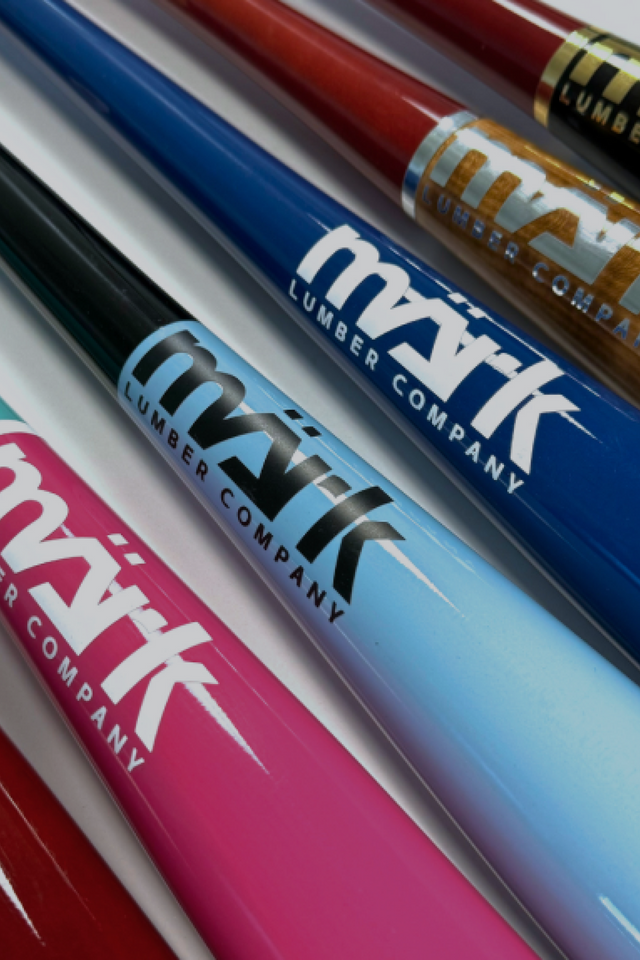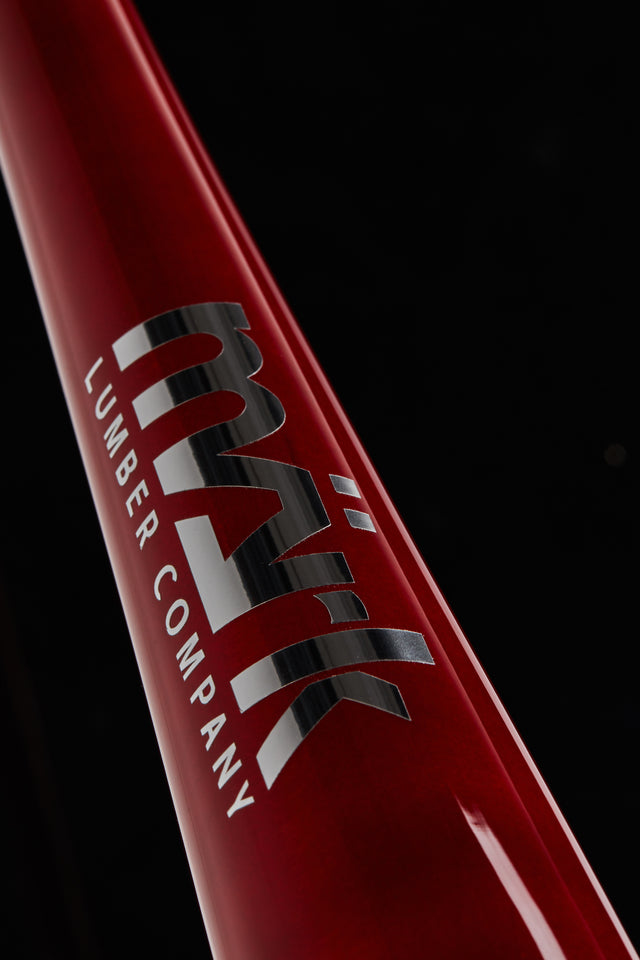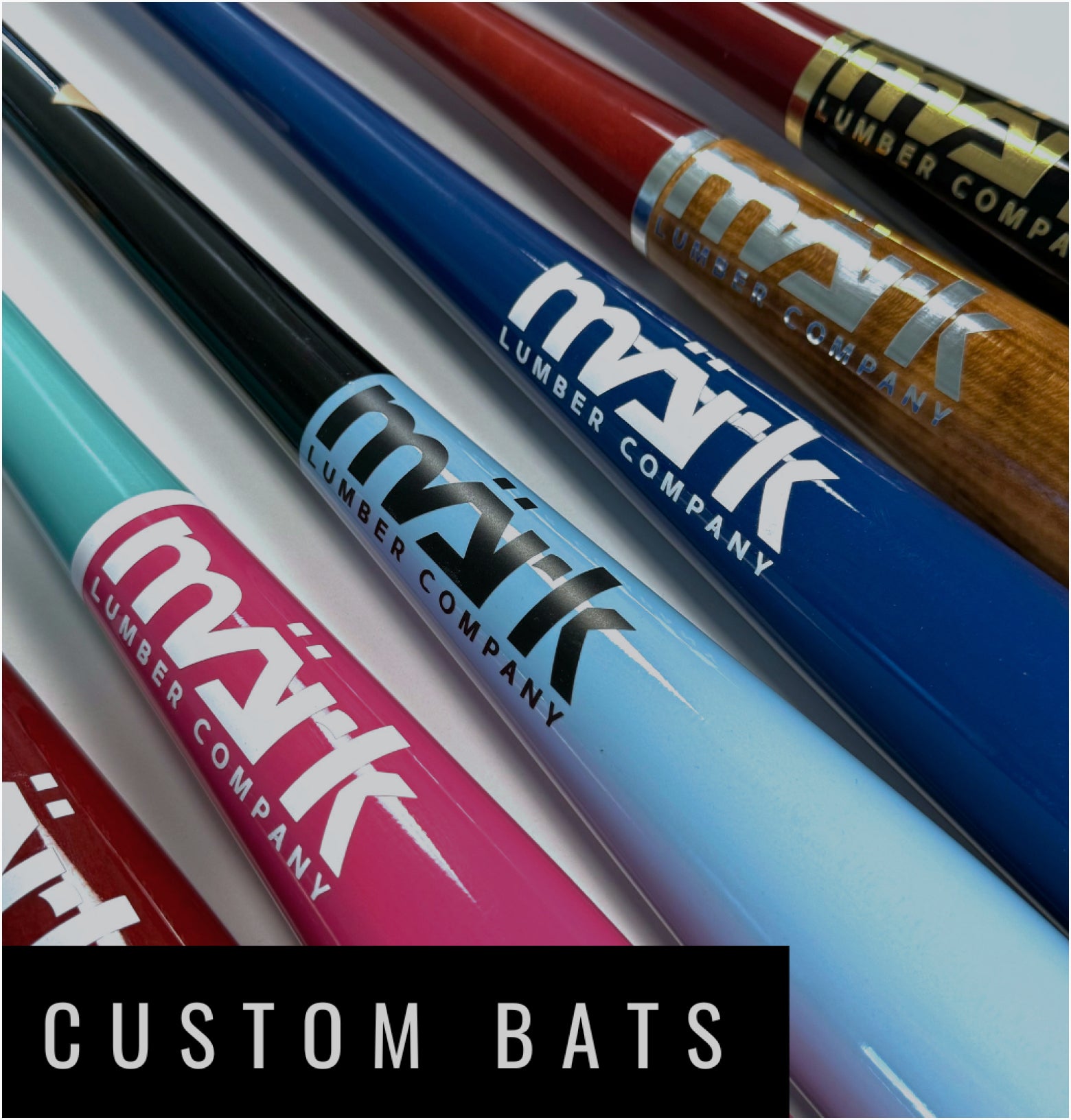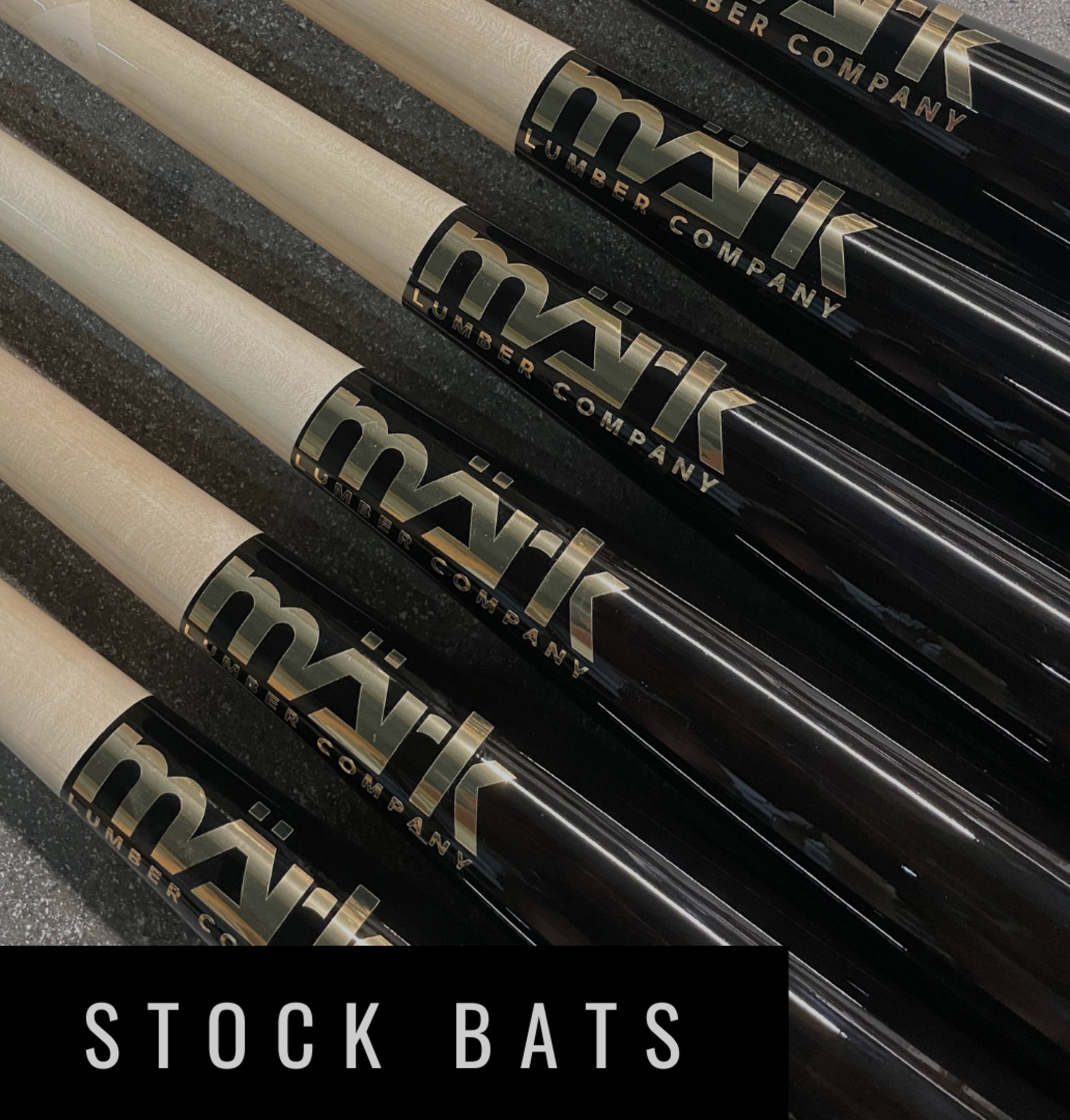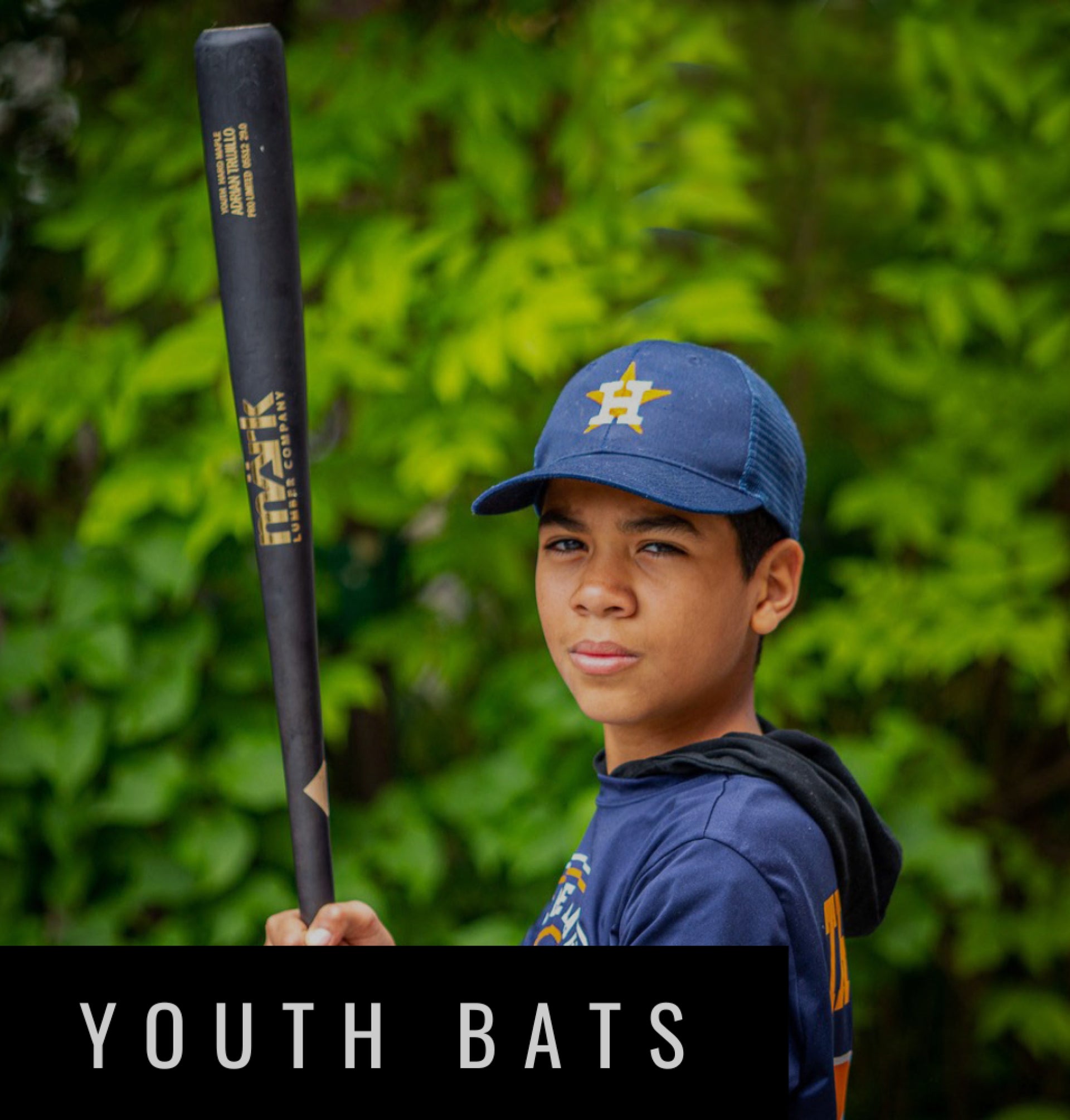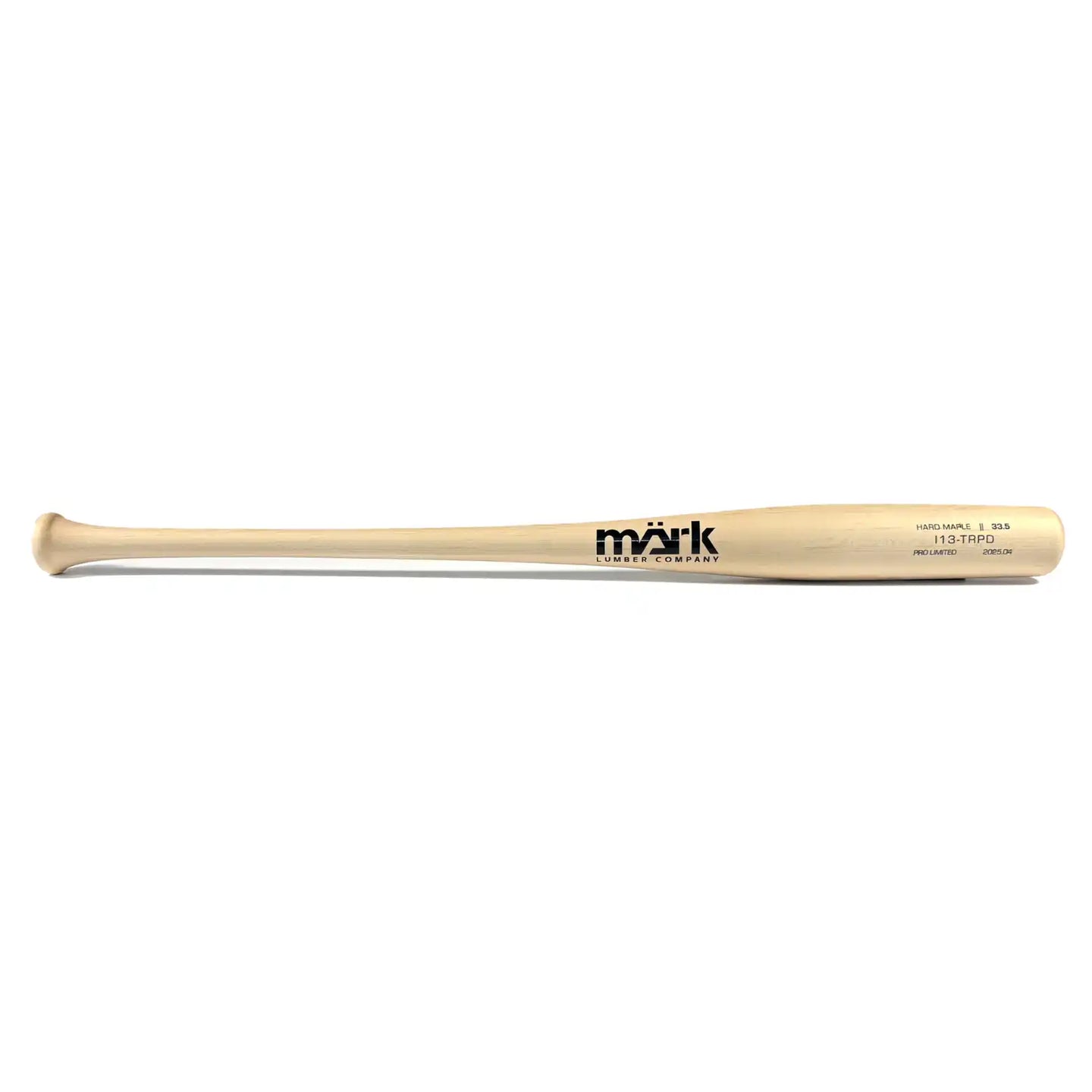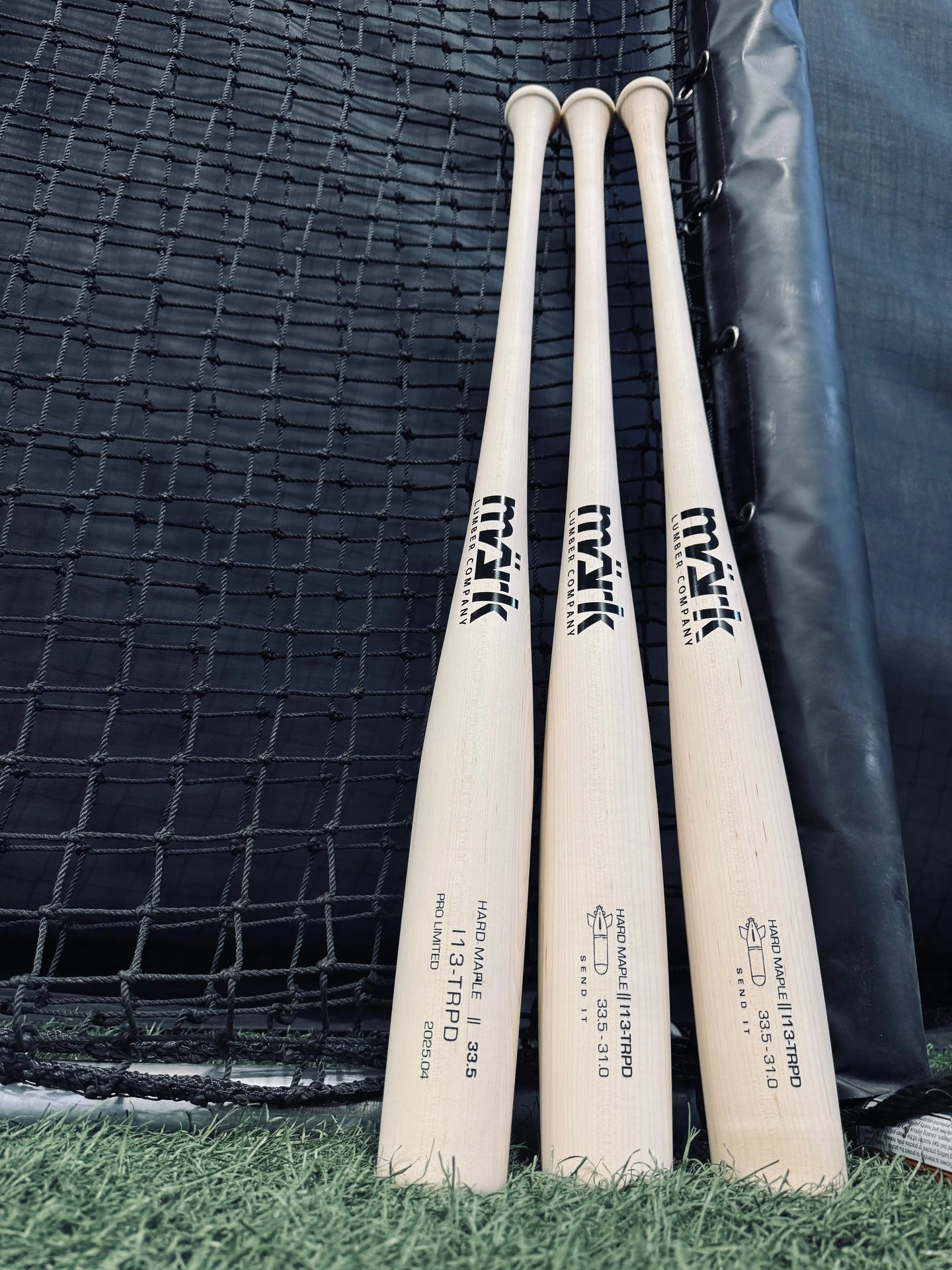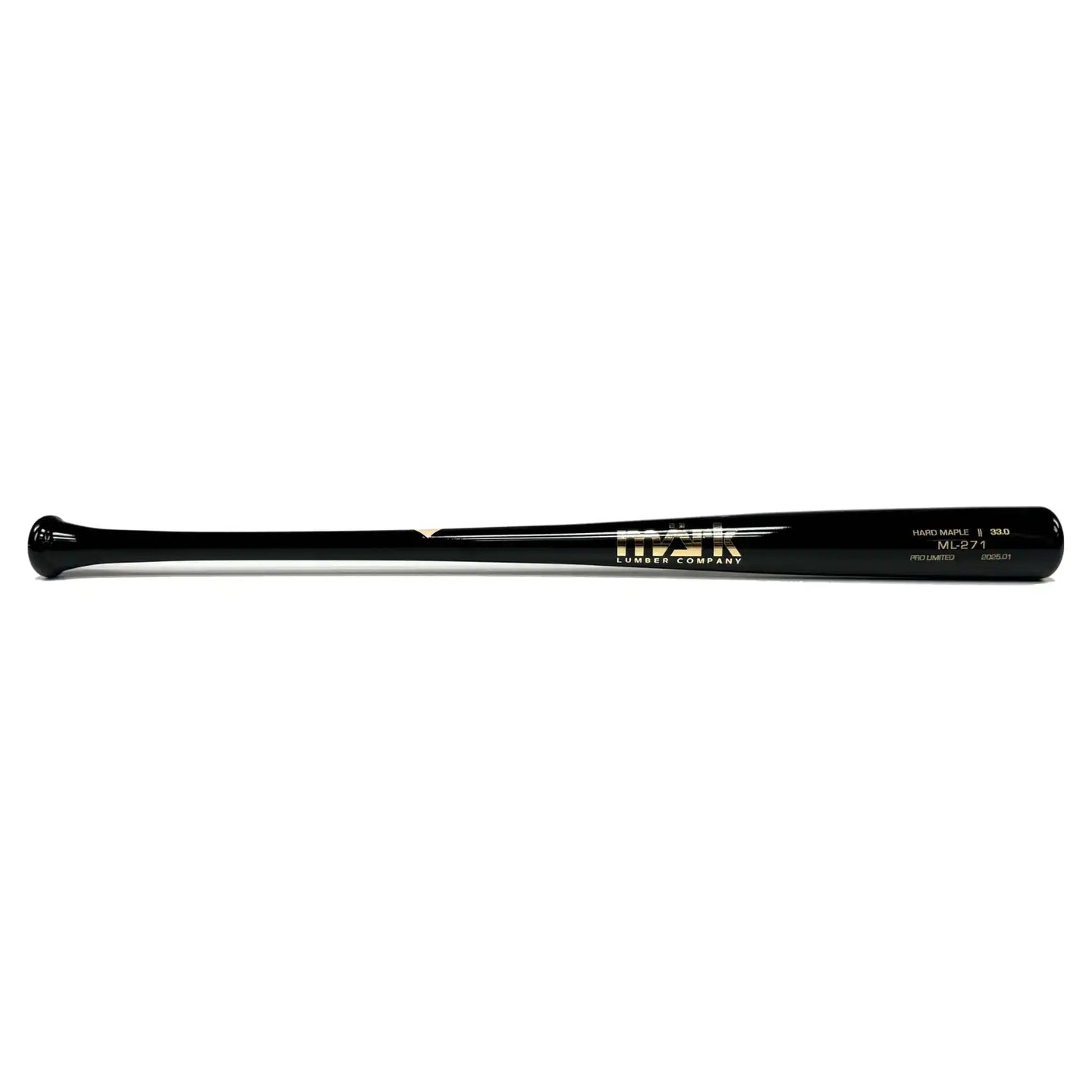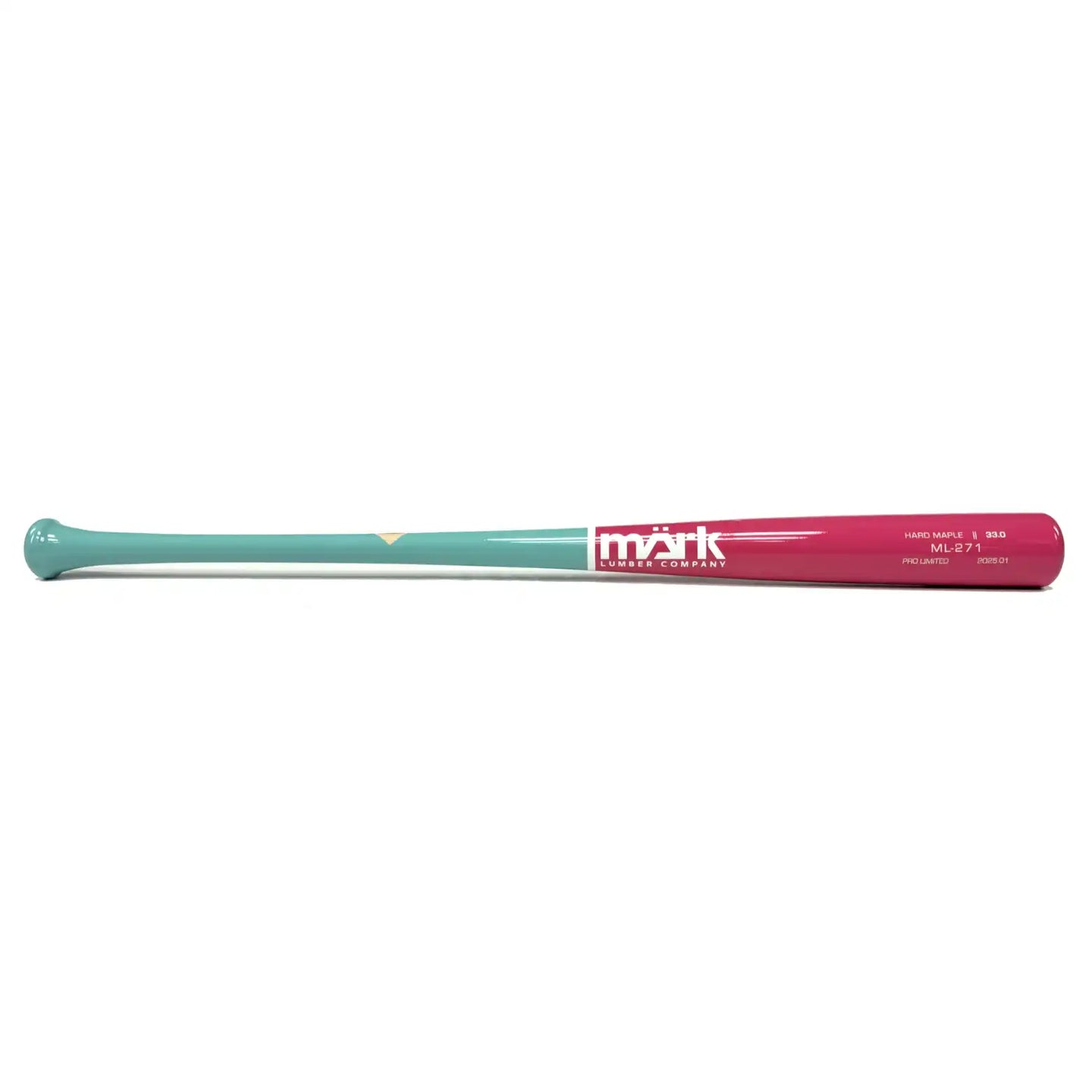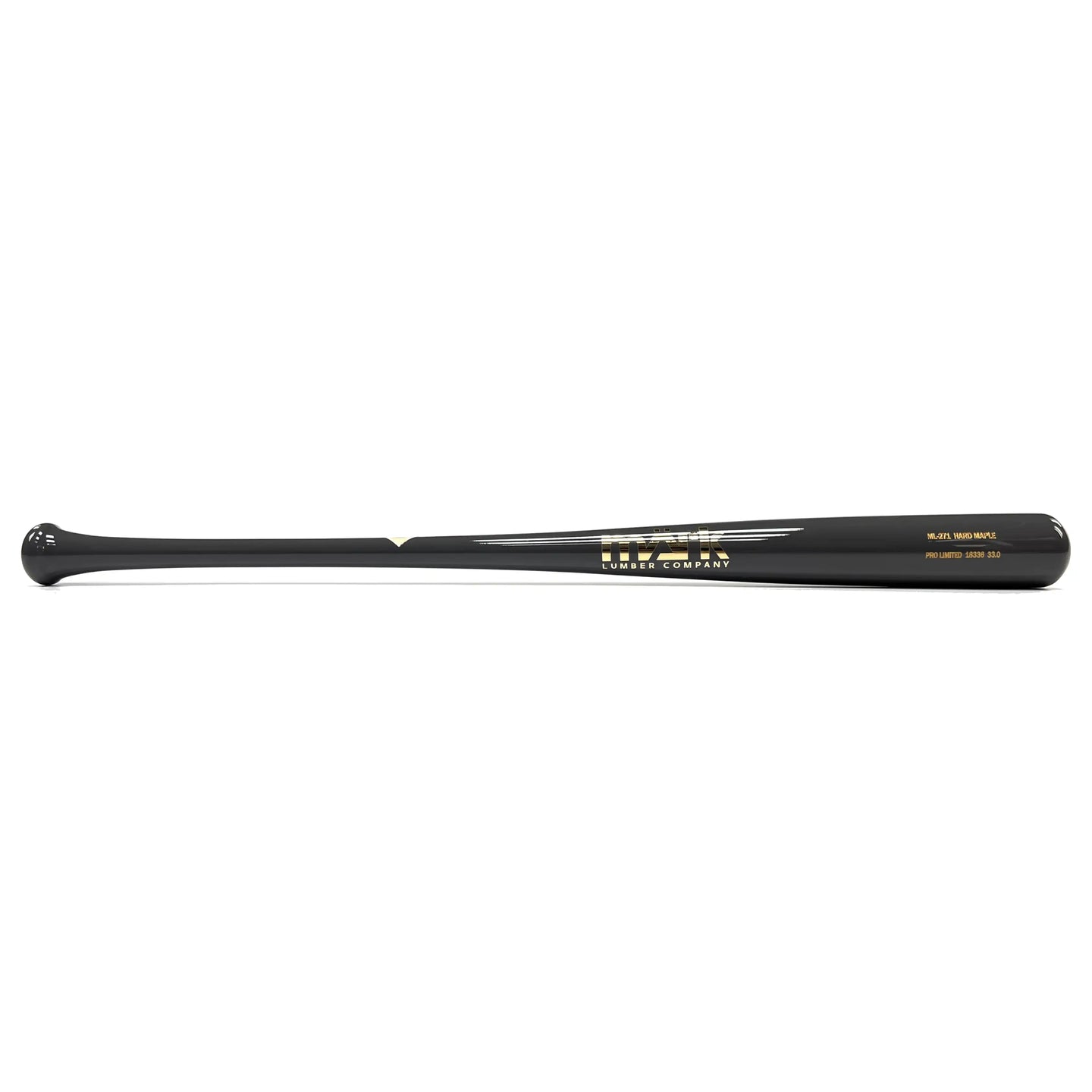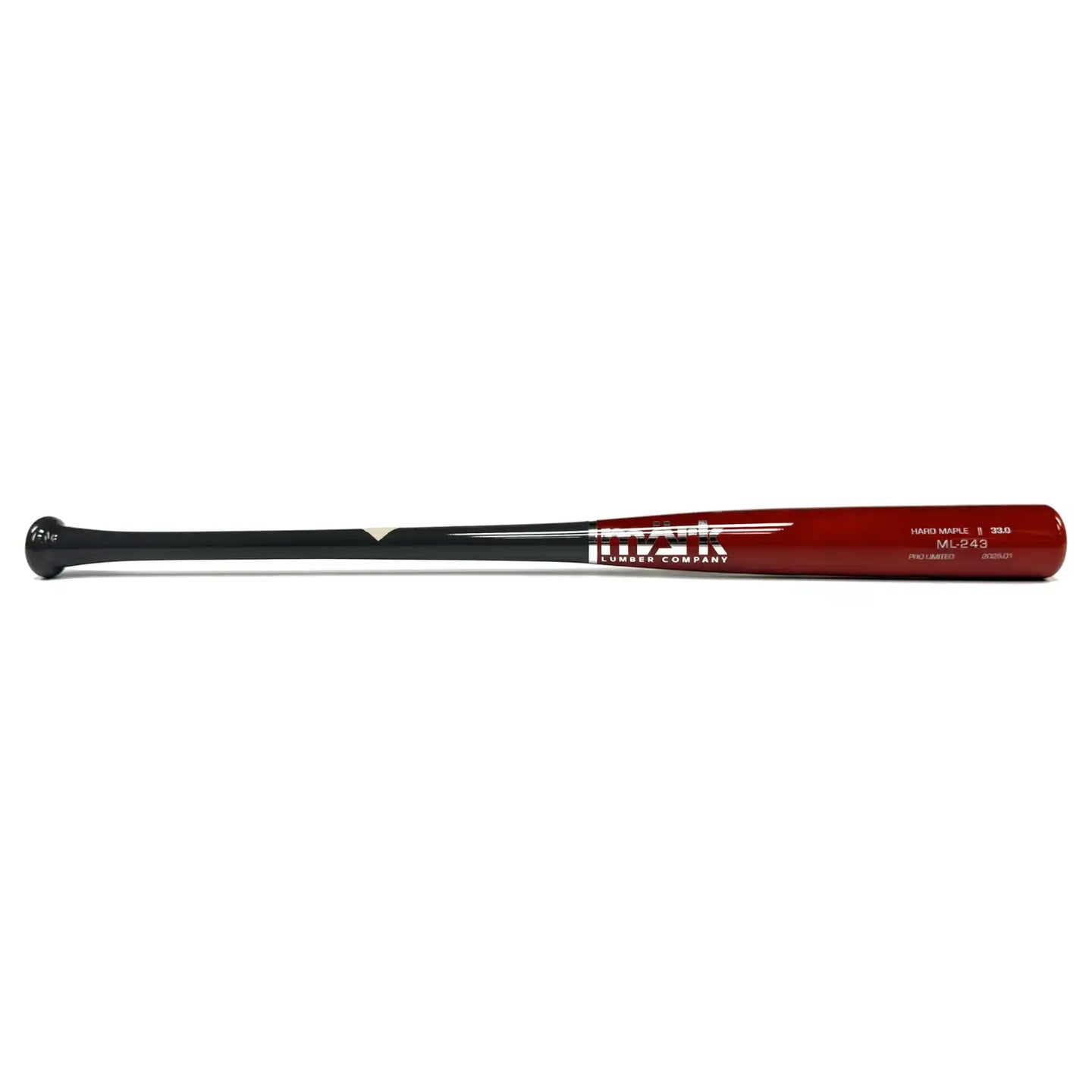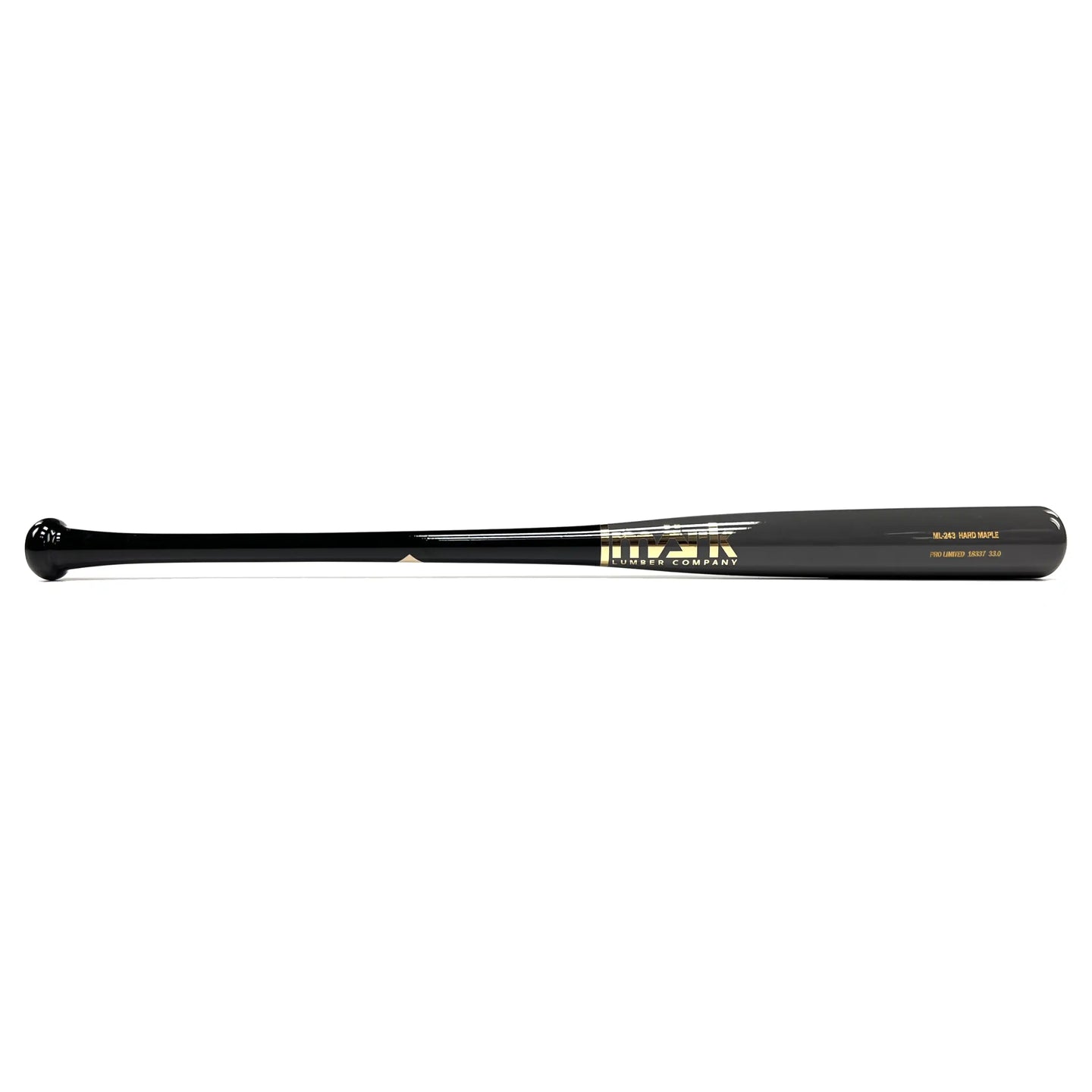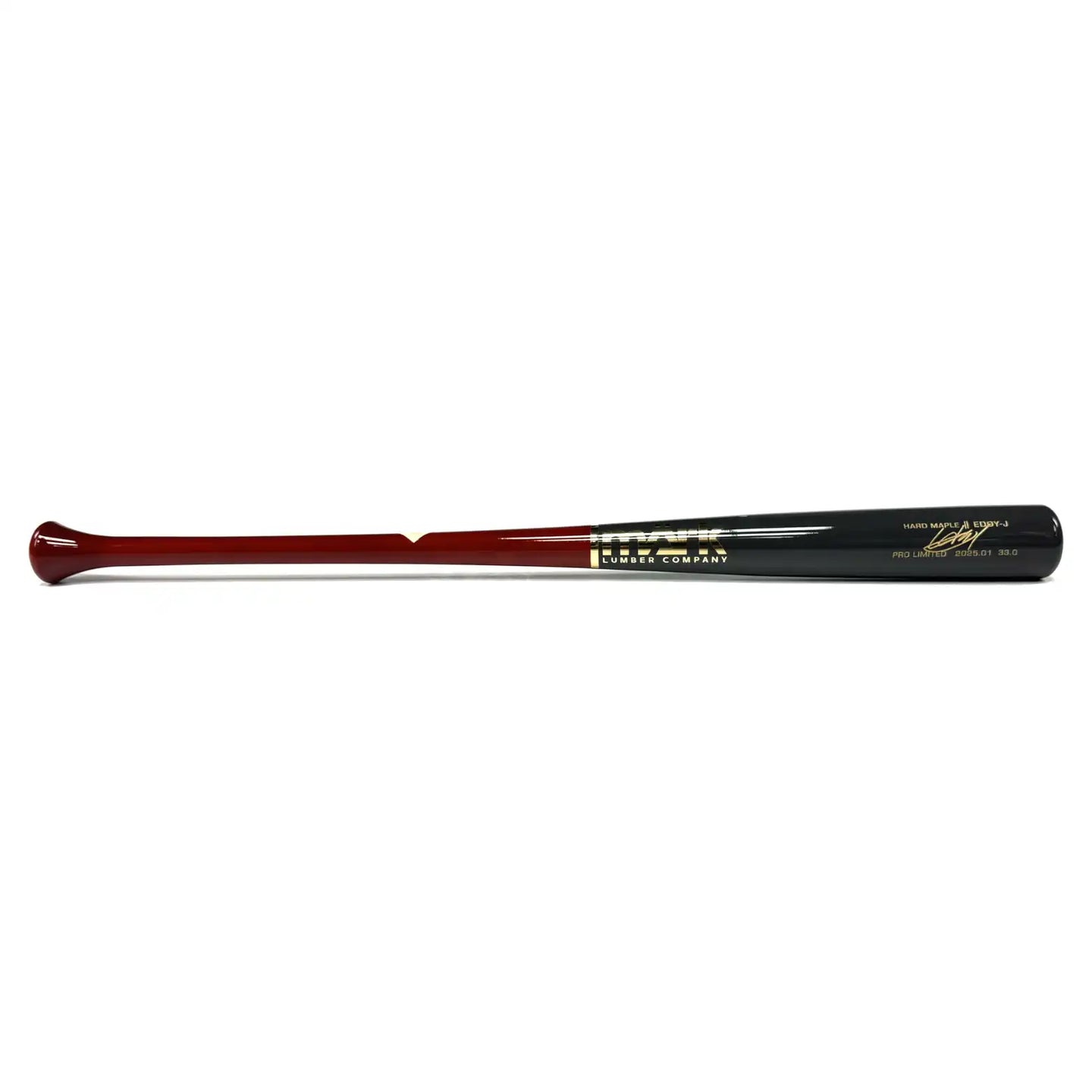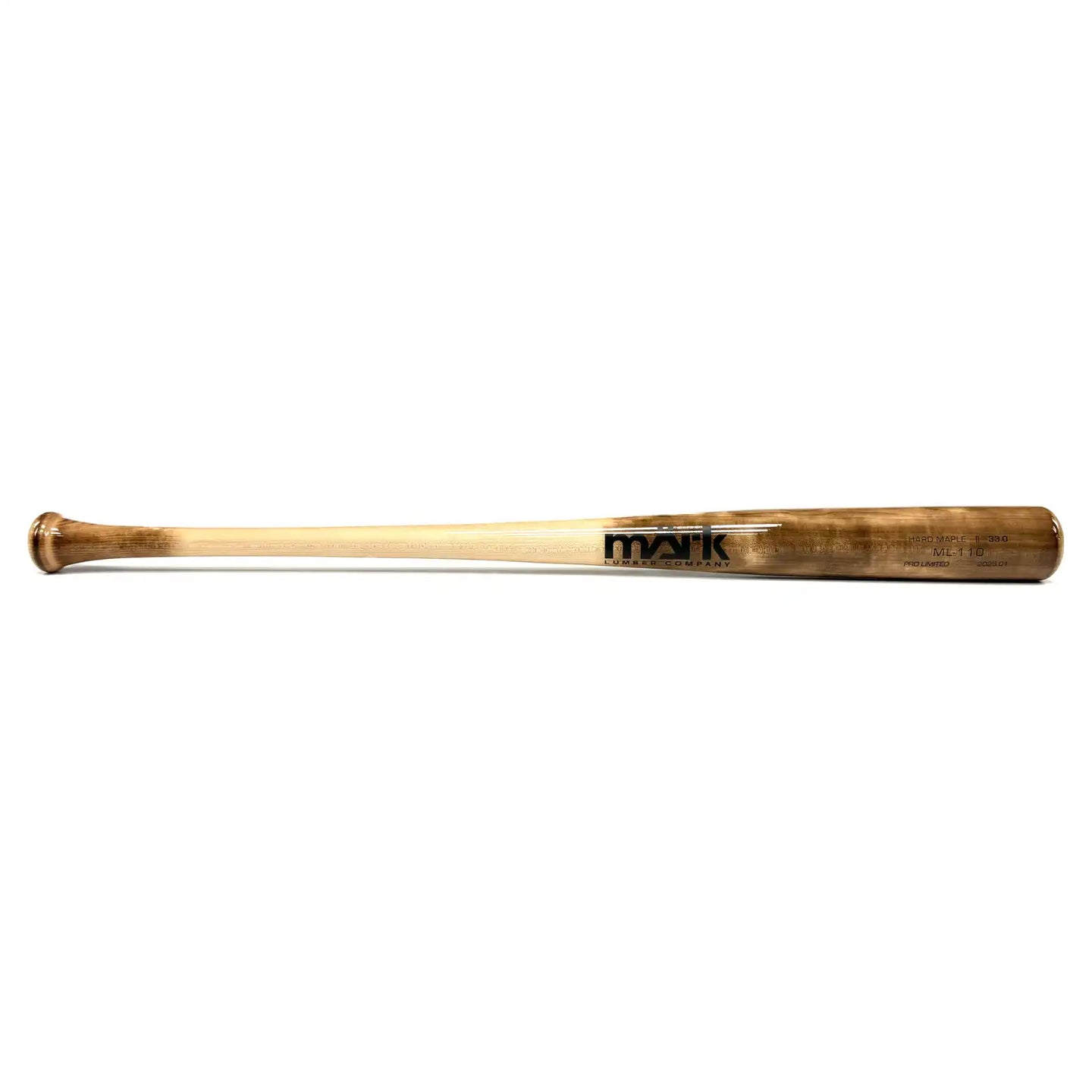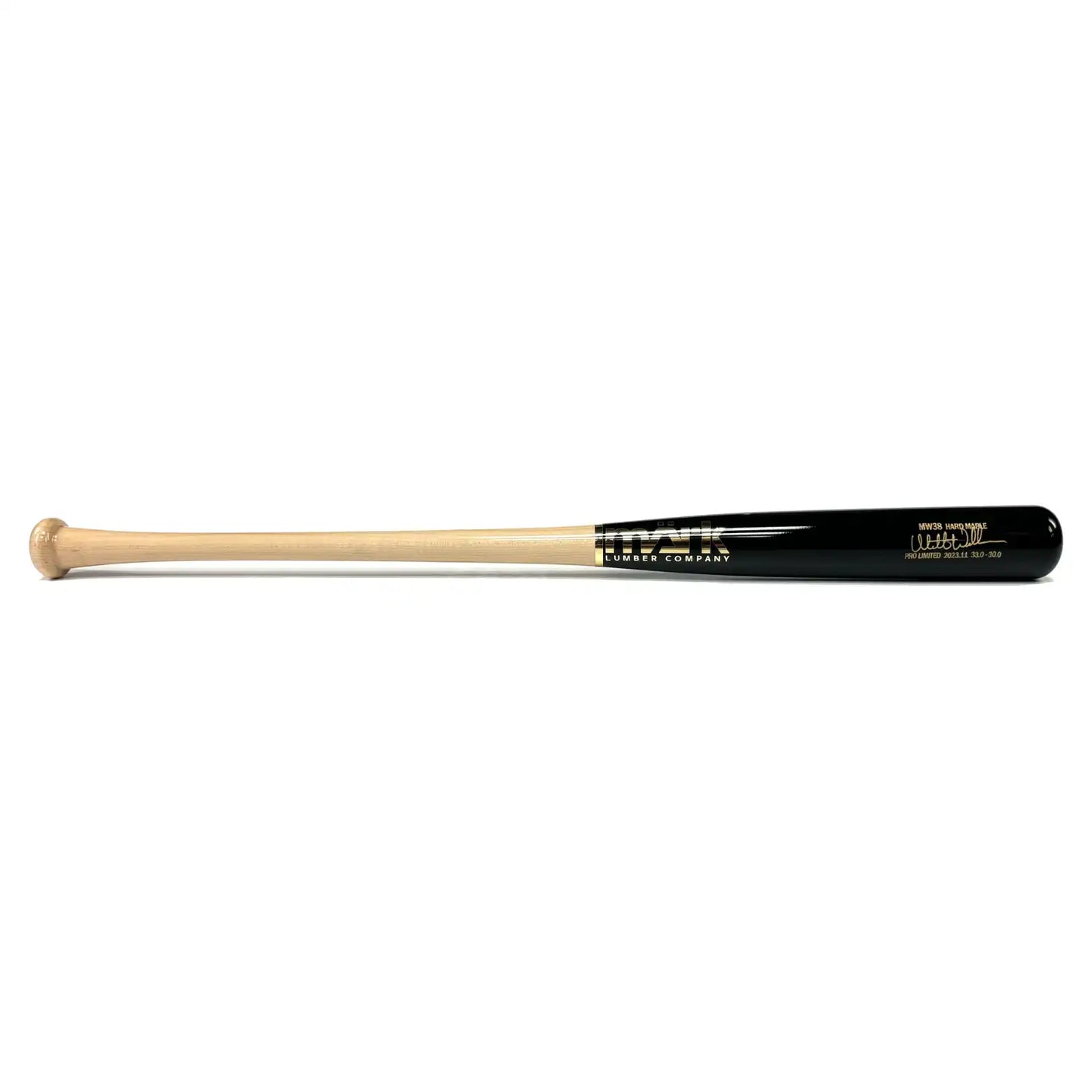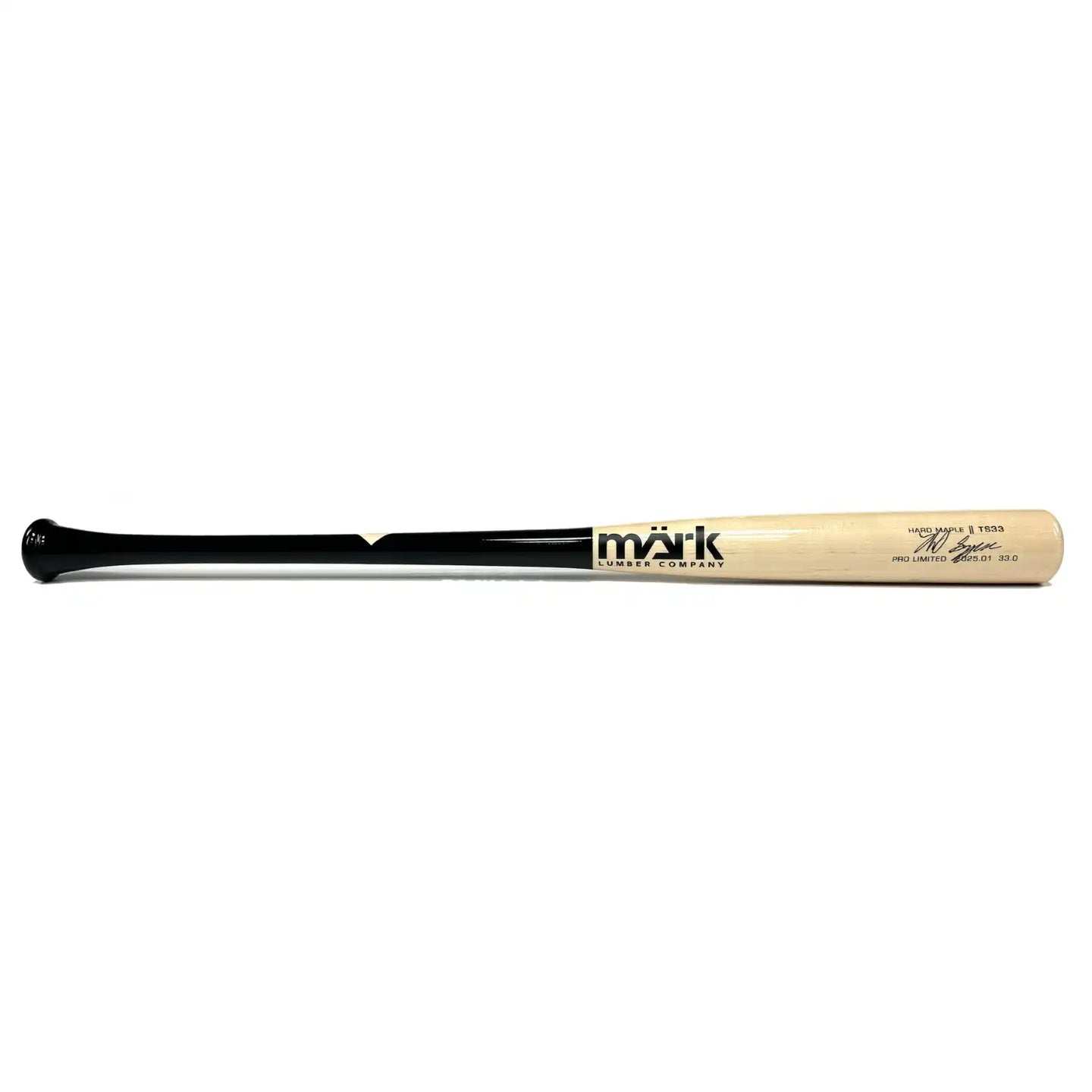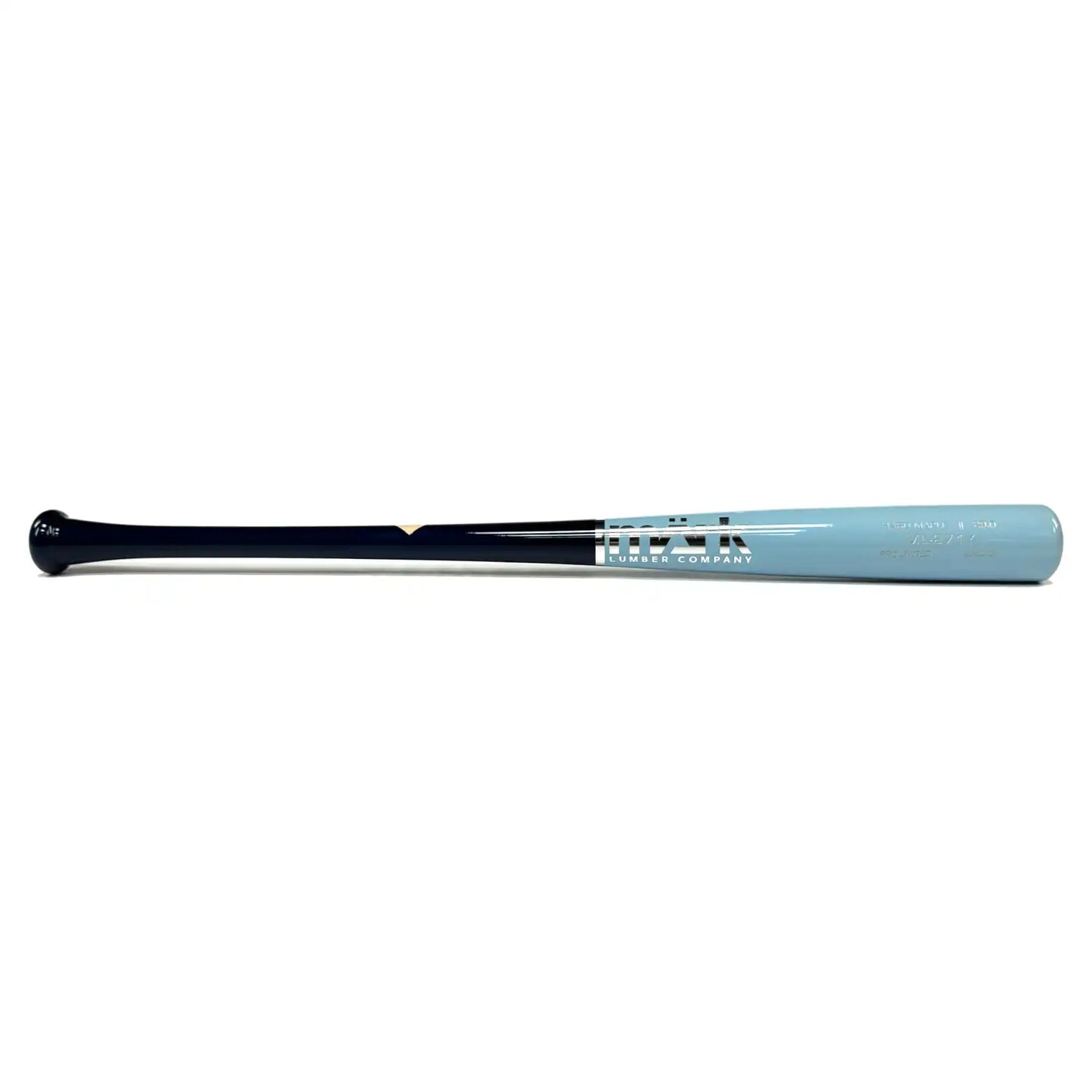
Parents’ Guide: How to Select the Best Youth Baseball Bats

Best Youth Baseball Bats – What Parents Should Know
Choosing the best youth baseball bat involves balancing comfort, safety, and adherence to league rules. Parents should prioritize age, height, weight, and proper certification over price or looks. A well-fitted bat supports confident swings, preserves speed, and lowers injury risk. Start by selecting length and drop, then confirm requirements with the coach. Have your child take practice swings to check balance and control. For skill development and feedback on contact, wood baseball bats remain an excellent option today.
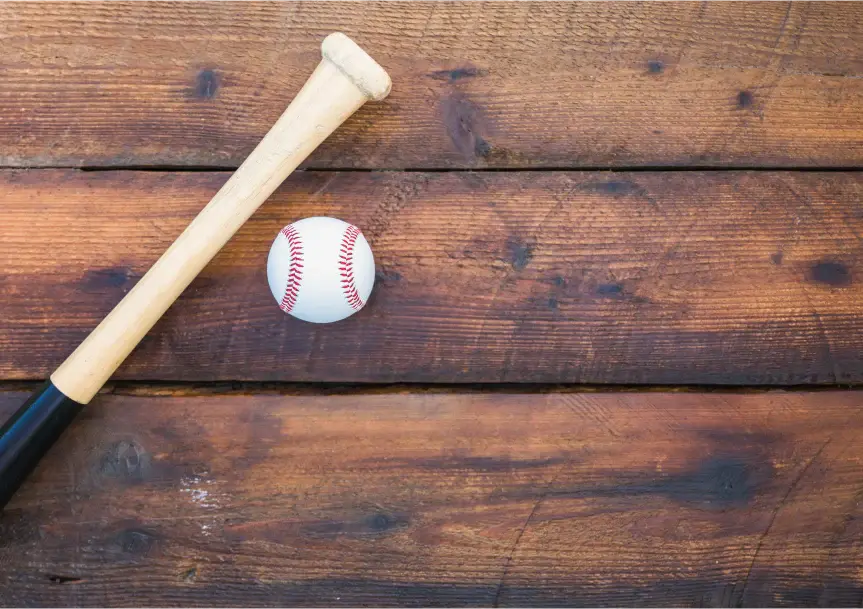
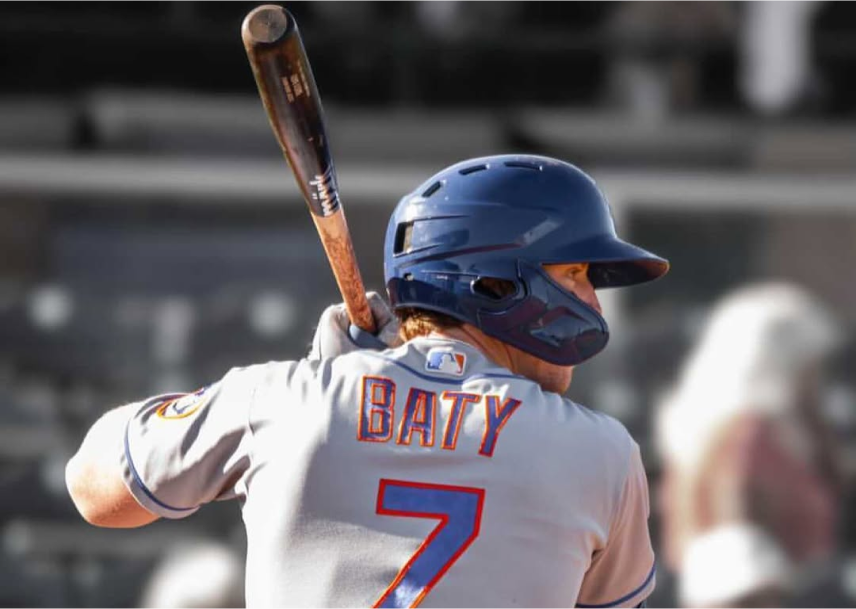
Kids Baseball Bat vs. Youth Baseball Bat – Key Differences
A kid's baseball bat typically suits beginners ages 5–7 who are still learning to grip, stance, and make consistent contact. These bats are shorter and lighter for easier control. A youth baseball bat targets players roughly 8–14, offering broader length options, slightly heavier weights, and league-ready certification stamps for organized play. Think of “kids” as early confidence-building and “youth” as skill-building with structure. Transition when your child’s height, strength, and team level demand more plate coverage and stability.


Best Youth Baseball Bats – What Parents Should Know
Choosing the best youth baseball bat involves balancing comfort, safety, and adherence to league rules. Parents should prioritize age, height, weight, and proper certification over price or looks. A well-fitted bat supports confident swings, preserves speed, and lowers injury risk. Start by selecting length and drop, then confirm requirements with the coach. Have your child take practice swings to check balance and control. For skill development and feedback on contact, wood baseball bats remain an excellent option today.

Kids Baseball Bat vs. Youth Baseball Bat – Key Differences
A kid's baseball bat typically suits beginners ages 5–7 who are still learning to grip, stance, and make consistent contact. These bats are shorter and lighter for easier control. A youth baseball bat targets players roughly 8–14, offering broader length options, slightly heavier weights, and league-ready certification stamps for organized play. Think of “kids” as early confidence-building and “youth” as skill-building with structure. Transition when your child’s height, strength, and team level demand more plate coverage and stability.
What Size Baseball Bat Do I Need?
Sizing a junior baseball bat begins with a simple checklist: age, height, and weight. As a general guide, younger players land in the 26–28 inch range, while older or taller kids may need 29–32 inches. Next, look at drop (length minus weight): -10 to -12 fits most kids by keeping swing speed high without exhausting their arms. Perform a quick test: hold the bat straight out for 20–30 seconds (to gauge manageable weight) and take five smooth practice swings (to check control). If you’re wondering how to choose a baseball bat for your child, always start with fit over price.
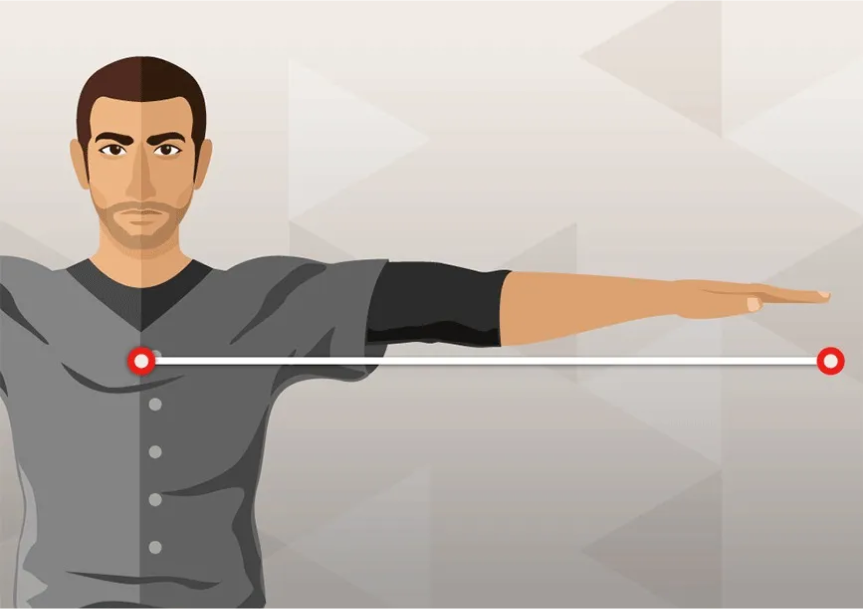
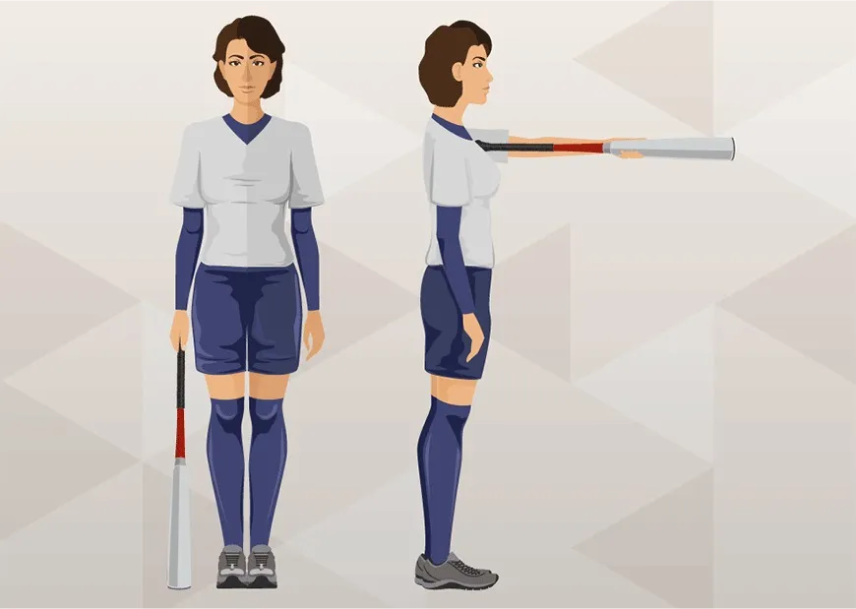
Wood vs. Aluminum – Which Bat is Best for Kids?
Wood baseball bats teach proper swing path, barreling, and sweet-spot awareness—skills that compound over seasons. Parents appreciate that wood provides clear feedback: mishits feel different, encouraging kids to adjust mechanics. Aluminum and composite youth baseball bats can be lighter and forgiving, which some leagues allow and some players enjoy. However, they can mask mechanical issues that resurface later. If your goal is long-term development, wood is a strong choice for training and games where permitted.


What Size Baseball Bat Do I Need?
Sizing a junior baseball bat begins with a simple checklist: age, height, and weight. As a general guide, younger players land in the 26–28 inch range, while older or taller kids may need 29–32 inches. Next, look at drop (length minus weight): -10 to -12 fits most kids by keeping swing speed high without exhausting their arms. Perform a quick test: hold the bat straight out for 20–30 seconds (to gauge manageable weight) and take five smooth practice swings (to check control). If you’re wondering how to choose a baseball bat for your child, always start with fit over price.

Wood vs. Aluminum – Which Bat is Best for Kids?
Wood baseball bats teach proper swing path, barreling, and sweet-spot awareness—skills that compound over seasons. Parents appreciate that wood provides clear feedback: mishits feel different, encouraging kids to adjust mechanics. Aluminum and composite youth baseball bats can be lighter and forgiving, which some leagues allow and some players enjoy. However, they can mask mechanical issues that resurface later. If your goal is long-term development, wood is a strong choice for training and games where permitted.
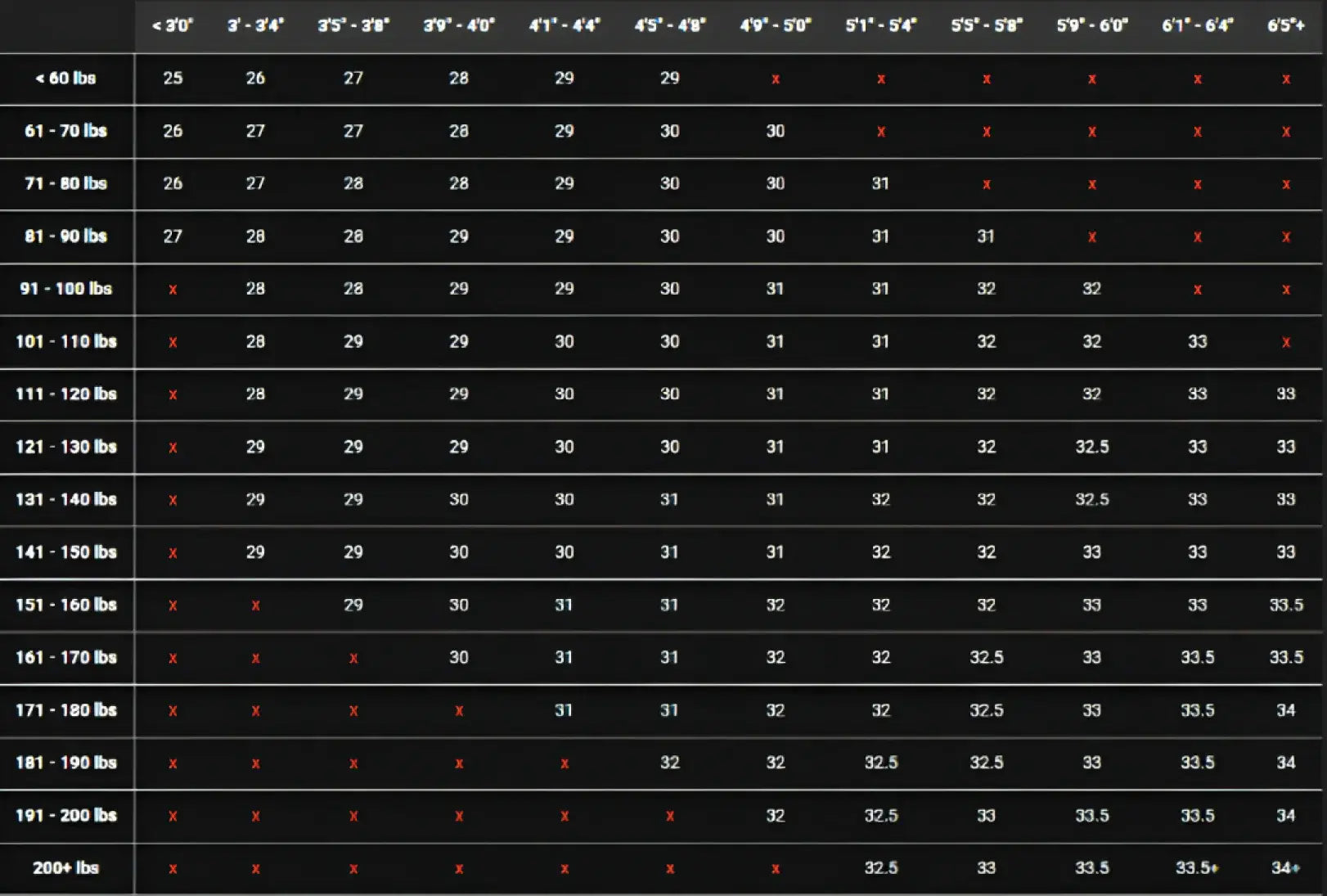
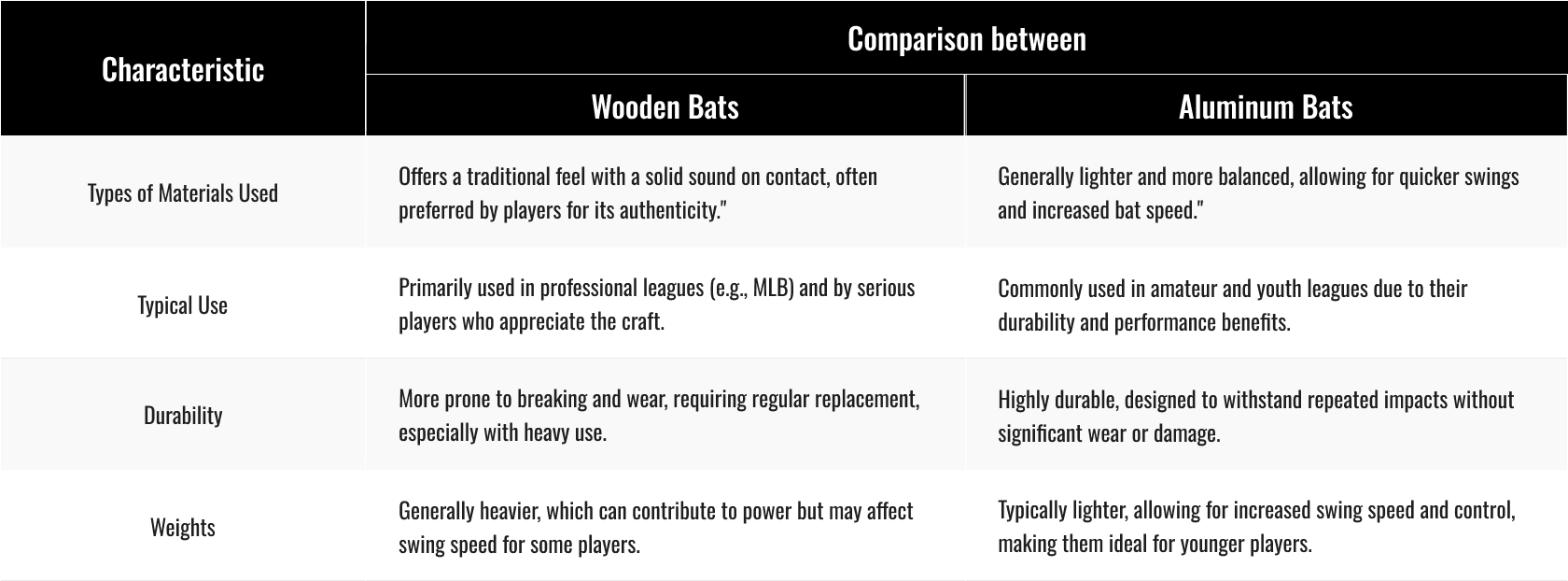
The most common error is buying a bat that’s too heavy “to grow into,” which slows the swing, wrecks timing, and hurts confidence. Another is overlooking league certification stamps (USA Baseball/USABat, Little League); a non-compliant bat can be disallowed on game day. Parents also overvalue price or brand over fit, when a balanced, properly sized kids' baseball bat usually performs better. Other pitfalls: skipping a hands-on swing test, ignoring drop weight (aim -10 to -12 for most), and confusing tee-ball, junior, and youth baseball bats. Quick fixes: confirm rules with the coach, choose length first, then drop; have your child hold the bat out for 20–30 seconds and take five smooth swings. Fit beats hype—every time—for the best youth baseball bats.
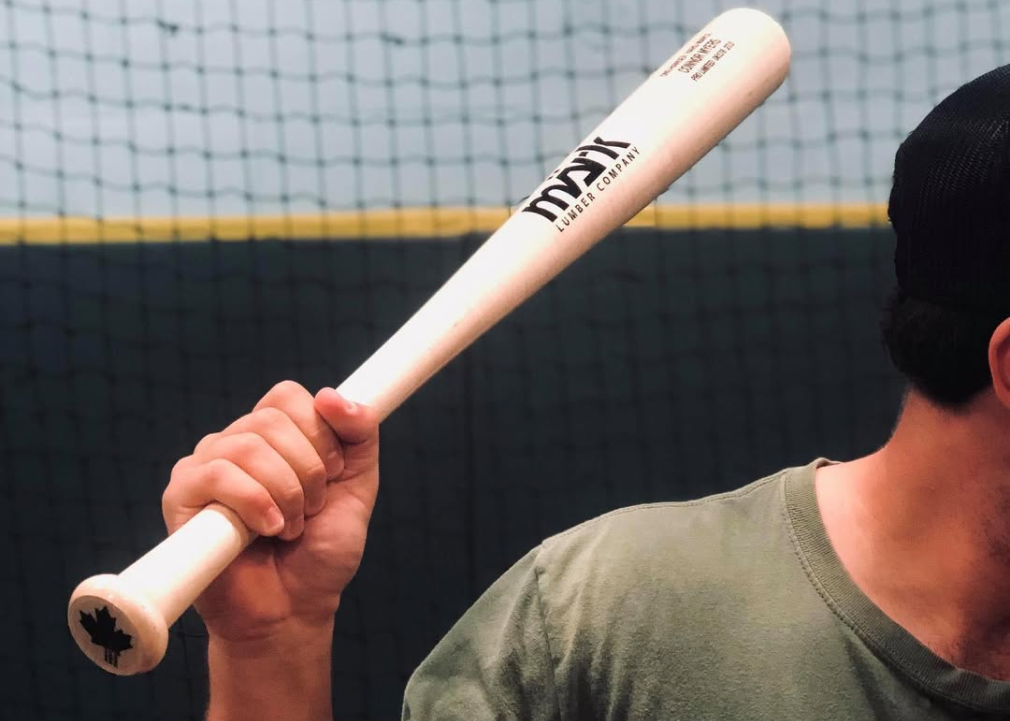
EDDY J
ML-110
MW38
TS33
ML-271 YOUTH 2-1/4''
FREQUENTLY ASKED QUESTIONS
Are wood youth baseball bats good for beginners?
Yes, wood youth baseball bats are excellent for beginners, especially when parents are comparing the best baseball bats for kids for both practice and games. Unlike alloy or composite options that can mask poor mechanics, wood teaches kids how to square up the ball properly, find the sweet spot, and build solid fundamentals from the start. Parents appreciate that wood bats help players develop discipline at the plate, since mishits are easier to feel and correct. They’re also durable, affordable, and available in sizes that match growing kids—ideal when you’re figuring out bat size for kids or selecting a junior baseball bat. By starting with wood, your child builds a strong foundation that makes transitioning to other bats later much easier.
What is the best drop for a youth baseball bat?
The drop of a bat refers to the difference between length (in inches) and weight (in ounces). For example, a 28-inch bat weighing 18 ounces has a drop of -10. For most kids, the ideal drop is -10 to -12, which strikes the right balance between swing speed and control—key when researching how to choose a baseball bat for growing players. A higher drop (like 12) means the bat is lighter, making it easier for younger athletes and those moving up from smaller baseball bats for kids. A slightly lower drop (like -10) adds more weight for stronger kids and older junior baseball bat users. Parents should avoid choosing bats that are too heavy; comfort and control always lead to better swings and safer practices.
Do kids outgrow baseball bats quickly?
Yes, children can outgrow baseball bats quickly, sometimes in just one season. As kids grow taller, gain weight, and get stronger, the length and weight they need in a bat change, too. If you’re tracking bat size for kids across growth spurts (especially ages 8–14), expect to replace a junior baseball bat every 12–24 months. The key is to choose a bat that fits your child’s current height and strength rather than “buying ahead” with a bat that’s too long or heavy. When in doubt on how to choose a baseball bat during a growth phase, prioritize today’s fit over tomorrow’s guess—your child will play more safely and effectively.
How do I know if a bat is too heavy for my child?
A bat is too heavy if it slows your child’s swing or makes it difficult for them to make consistent contact. Use two quick tests when evaluating baseball bats for kids: have your child hold the bat straight out for 20–30 seconds—if their arms drop quickly, it may be too heavy—and watch five smooth practice swings to assess control and balance. If their swing looks choppy, slow, or off-balance, consider a lighter drop (e.g., 12) or a shorter junior baseball bat. These checks pair perfectly with any guide on how to choose a baseball bat and ensure you land the right bat size for kids. Prioritize comfort, control, and balance first so they swing with confidence and speed.
Are wood youth baseball bats allowed in my child’s league?
Usually, yes—many youth leagues permit wood baseball bats, but rules vary, so verify before you buy. Start by checking league documentation or asking the coach. For recreational leagues governed by USA Baseball (USABat) or Little League, wood is typically allowed without a certification stamp (the USABat stamp mainly applies to non-wood bats). Travel leagues under USSSA may also allow wood, but confirm barrel diameter (often 2¼" or 2⅝") and length limits—details that also influence the right bat size for kids. Some tournaments specify wood-only or restrict certain materials, so read event rules closely. If your league requires a stamp and your child wants to use alloy/composite sometimes, choose a stamped backup. When wood is permitted, it’s an excellent option for developing proper swing mechanics, especially for junior baseball bat players and parents researching how to choose a baseball bat among the many baseball bats for kids.
